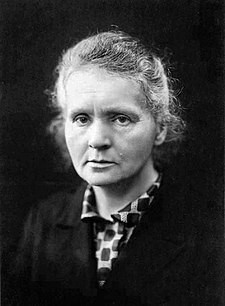To make a health clinic that will work in real life, we had to figure out where to place the different components. Both where it needs to be placed in relation to each other and where to place them to be best able to prevent spreading of the disease.
What needs to be included in the clinic:
Triage, High-risk patient area, low-risk patient area , showers, toilets, pharmacy, foot baths, morgue, convalescence area, de-sanitation area and kitchen.
Staff member areas:
De-sanitation area, changing area, kitchen, toilets, showers, risk area exit, risk area entrance, Storage area, meeting room, office space and relaxation area.
We have also started making a models, of our folded rooms. The main rooms, that needs to be totally enclosed, will be made by having a box that can fold out and make a big room. The boxes will fit inside the container, and will take up a small amount of space as possible.
The boxes have been named the curie box, after our group name.
The next step was to think about the extensions from the curie box. The idea is to use a tent structure, that is both light and easy to store inside the container. And by using a triangle structure with wire in the roof, it will be structurally stable and strong.
– Ine Ringlund













